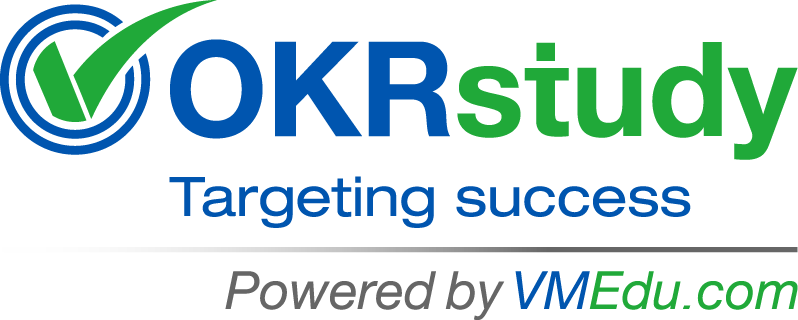7.1.2.1 Meetings
Regular meetings play a crucial role in the execution phase of OKR implementation. These meetings ensure alignment, provide visibility into progress, and foster a culture of accountability. Common meeting types include weekly check-ins, where teams review key results, discuss blockers, and make necessary adjustments, and monthly OKR reviews, where leadership assesses overall performance. Additionally, quarterly retrospectives help teams analyze what worked, what didn’t, and how to improve for the next cycle. Effective OKR meetings focus on problem-solving rather than just status updates, ensuring that discussions lead to meaningful actions. To maximize efficiency, meetings should follow a structured agenda, encourage data-driven discussions, and document key takeaways. By maintaining a regular cadence of OKR-related meetings, organizations can continuously refine their objectives and keep teams motivated toward achieving their key results. For more information, see section 4.7.
7.1.2.2 Scoring System
A scoring system helps organizations measure progress and evaluate the success of their OKRs. Typically, OKRs are scored on a 0.0 to 1.0 scale, where 0.0 indicates no progress, 0.3–0.6 represents partial achievement, and 0.7–1.0 signifies strong progress or full completion. Some companies also use a percentage-based system (e.g., 0–100%) or a traffic light model (Green = On Track, Yellow = At Risk, Red = Off Track) to provide a quick visual representation of progress. The scoring system should be flexible and not viewed as a rigid performance evaluation metric; instead, it should serve as a learning tool that helps teams understand trends, identify gaps, and adjust strategies accordingly. By consistently scoring OKRs at regular intervals, organizations can gain actionable insights, make informed decisions, and maintain transparency in their execution process. For more information, see section 4.9.
7.1.2.3 AI-enabled Digital OKR Tool
A digital OKR tool streamlines the execution phase by enabling seamless tracking, collaboration, and reporting. Tools like Vabro, Lattice, Perdoo, Weekdone, or Ally.io provide centralized platforms where teams can set, update, and visualize OKR progress in real time. These tools often include features such as automated check-ins, progress dashboards, alignment maps, and integration with project management systems like Asana or Jira. A good digital OKR tool enhances accountability by allowing stakeholders to view individual, team, and company-wide OKRs in one place. It also simplifies reporting, making it easier to identify areas needing attention and ensuring corrective actions are taken proactively. By leveraging a digital OKR tool, organizations can eliminate manual tracking inefficiencies, foster a data-driven approach, and ensure that OKRs remain dynamic and adaptable throughout the execution cycle. For more information, see section 4.5.1.
